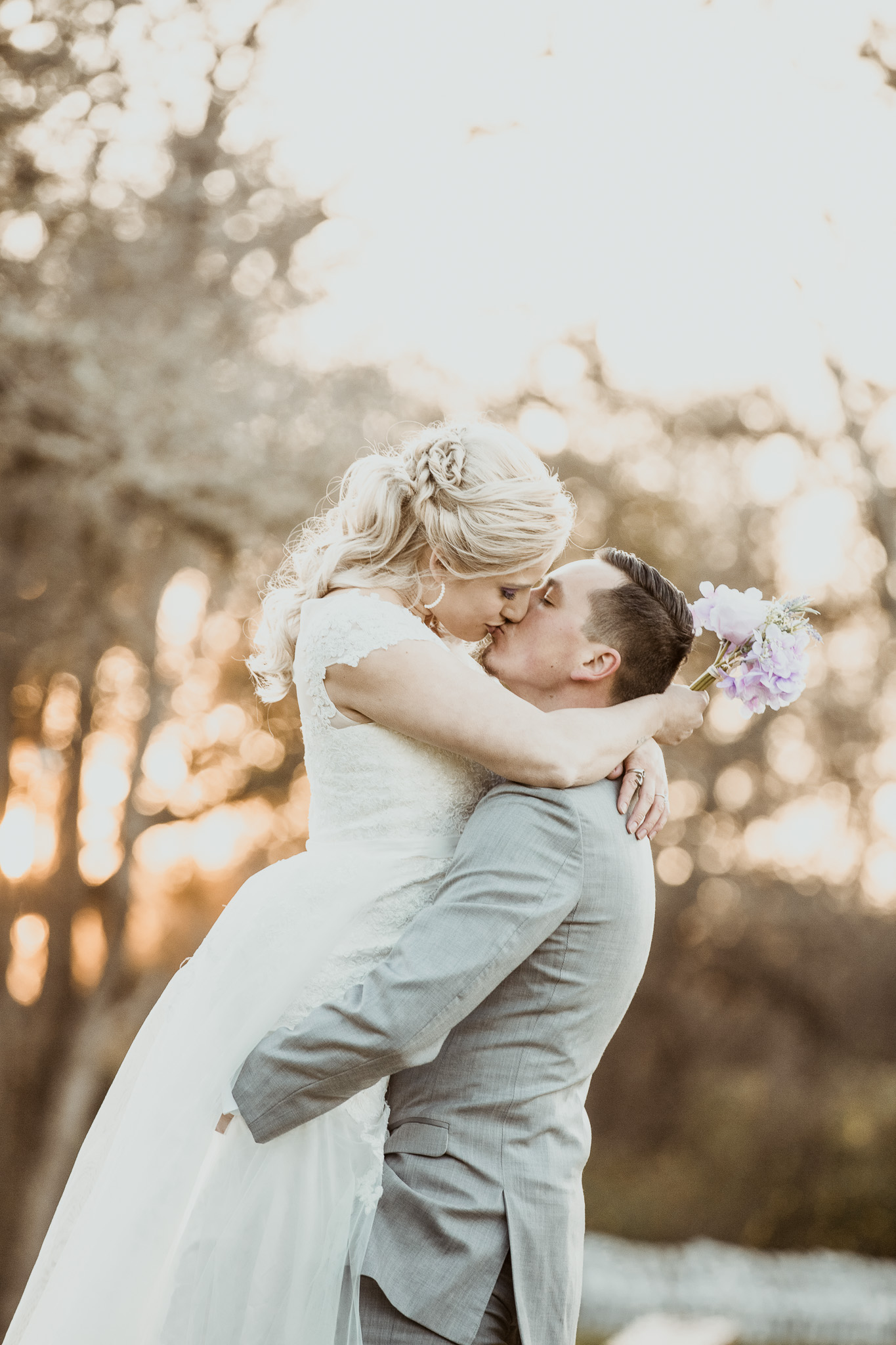Yes, I have extensive experience shooting in a variety of lighting conditions. Whether it’s capturing the soft, ethereal light of a cloudy day or managing the harsh light of a bright, sunny afternoon, I’m skilled in adapting to different lighting scenarios to ensure the photos look beautiful and natural. For low light situations, such as indoor receptions or late evening events, I use high-quality cameras and lenses that perform well in low light conditions, along with additional lighting equipment when necessary to capture clear and vibrant images. My goal is always to use light in a way that enhances the atmosphere and mood of your special day.

Mastering the Art of Photography in Various Lighting Conditions
Photography is as much about capturing light as it is about capturing moments. Different lighting conditions can dramatically alter the mood and quality of your photographs. Understanding how to adapt to these varying conditions is crucial for any photographer looking to excel in their craft. Here are some essential tips on how to shoot in diverse lighting situations:
1. Bright Sunlight
Shooting in bright sunlight can cause harsh shadows and overexposed spots in photographs. To manage this, consider using a fill flash to soften shadows on your subjects. Positioning your subject with the sun behind them can also help achieve a flattering backlight effect, though you should be careful to adjust your camera settings to avoid silhouetting. Using a reflector to bounce light back onto the subject can also mitigate harsh shadows.
2. Overcast Conditions
Cloudy or overcast days provide a natural diffuser for the sun, creating a soft light that reduces shadows and minimizes the risk of overexposure. This makes overcast conditions ideal for portraits and other shots where you want subtle, even lighting. Take advantage of the diffused light to capture detail and color saturation, which are often lost in stronger lighting conditions.
3. Low Light
Low light conditions, such as during twilight or in dimly lit interiors, pose a challenge due to reduced visibility and increased likelihood of noise and blur. To counter this, use a tripod to stabilize your camera and prevent shake. Opt for a lens with a wide aperture to allow more light into the camera, and increase the ISO setting moderately while being cautious of introducing too much noise. If possible, use slower shutter speeds to allow more light to hit the sensor.
4. Golden Hour
The hour after sunrise and before sunset, known as the golden hour, offers a warm, diffused light that is ideal for capturing beautifully lit scenes with a golden hue. This is an excellent time for shooting landscapes and portraits. Position your subjects to face the light for a luminous effect, or use this natural golden glow as a backlight to create striking silhouettes.
5. Artificial Light
When shooting indoors or under artificial lighting conditions, it’s important to understand the color temperature of different light sources. Incandescent lighting typically offers a warmer tone, while fluorescent lights can cast a cooler, bluish hue. Adjust your camera’s white balance settings to compensate for these variances. Additionally, exploring the use of external flashes or continuous lights can help you control the lighting more effectively.
6. Mixing Light Sources
In situations where you have a mix of natural and artificial light, it’s crucial to balance the different light sources to avoid color mismatches and exposure issues. This often involves adjusting the white balance and exposure for each light source or using gels on artificial lights to match the color temperature of the natural light.
Mastering different lighting conditions requires practice and experimentation. By understanding the characteristics of various light sources and learning how to adjust your camera settings accordingly, you can enhance the quality of your photos regardless of the lighting challenges you face. Whether you’re dealing with the harsh midday sun or a dimly lit room, the right knowledge and techniques can help you capture stunning images that reflect your artistic vision.

